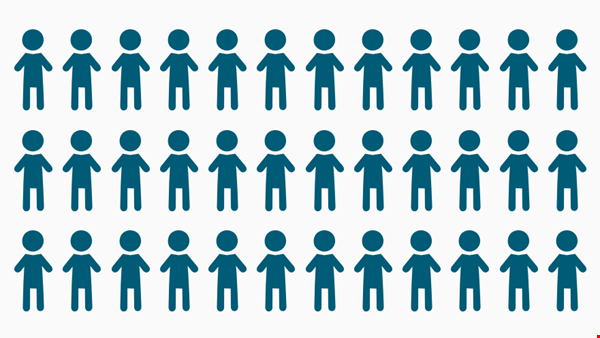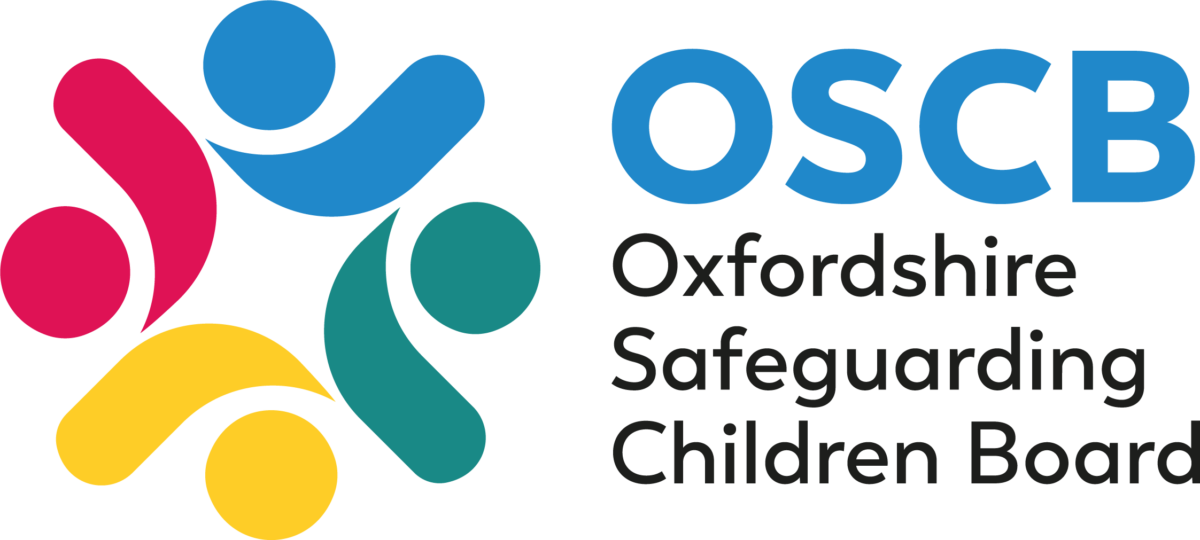Physical Abuse
A form of abuse which may involve hitting, shaking, throwing, poisoning, burning or scalding, drowning, suffocating or otherwise causing physical harm to a child. Physical harm may also be caused when a parent or carer fabricates the symptoms of, or deliberately induces, illness in a child, Working Together 2018.
NSPCC: Physical abuse is deliberately hurting a child causing injuries such as bruises, broken bones, burns or cuts.It isn’t accidental – children who are physically abused suffer violence such as being hit, kicked, poisoned, burned, slapped or having objects thrown at them. Shaking or hitting babies can cause non-accidental head injuries (NAHI). Sometimes parents or carers will make up or cause the symptoms of illness in their child, perhaps giving them medicine they don’t need and making the child unwell – this is known as fabricated or induced illness (FII).
Signs that MAY indicate physical abuse:
- Bruises
- commonly on the head but also on the ear or neck or soft areas – the abdomen, back and buttocks
- defensive wounds commonly on the forearm, upper arm, back of the leg, hands or feet
- clusters of bruises on the upper arm, outside of the thigh or on the body
- bruises with dots of blood under the skin
- a bruised scalp and swollen eyes from hair being pulled violently
- bruises in the shape of a hand or object
- Burns or scalds
- can be from hot liquids, hot objects, flames, chemicals or electricity
- on the hands, back, shoulders or buttocks; scalds may be on lower limbs, both arms and/or both legs
- a clear edge to the burn or scald
- sometimes in the shape or an implement for example, a circular cigarette burn
- multiple burns or scalds.
- Bite marks
- usually oval or circular in shape
- visible wounds, indentations or bruising from individual teeth.
- Fractures or broken bones
- fractures to the ribs or the leg bones in babies
- multiple fractures or breaks at different stages of healing
- Other injuries and health problems
- scarring
- effects of poisoning such as vomiting, drowsiness or seizures
- respiratory problems from drowning, suffocation or poisoning
Signs a baby or infant may have a head injury
There may be visible signs of an impact such as swelling, bruising or fractures.
Signs of head injuries include:
- being comatose
- respiratory problems
- seizures
- vomiting
- unusual responses – irritable, poor feeding, lethargic, unresponsive.
Not all head injuries are caused by abuse. Sometimes there are other reasons a child may have these symptoms
Bruising in babies and children who are not independently mobile
Bruising in pre or non-mobile babies and children is unusual (2.2% of babies who are not yet rolling). Numerous serious case reviews have identified situations where children have died because practitioners did not appreciate the significance of what appeared to be minor bruising in a pre-mobile infant. The following documents provide further information on bruising in pre or non-mobile for practitioners, and for parents/carers:
- Protocol for management of bruising in pre-mobile babies/children
- What’s going on? Information for parents and carers about bruising to pre-mobile babies and children
Adults who physically abuse children may have:
- emotional or behavioural problems such as difficulty controlling their anger
- family or relationship problems
- experienced abuse as a child
- parenting difficulties including unrealistic expectations of children, not understanding a child’s needs or no idea how to respond to a child
- health issues
OSCB Body Map Guidance and Recording Templates
Body Maps should be used to document and illustrate visible signs of harm and physical injuries.
Childline
 There were over 7,000 Childline counselling sessions with children and young people about physical abuse in 2017/18
There were over 7,000 Childline counselling sessions with children and young people about physical abuse in 2017/18
Childline are there to support children and young people and help them to find ways to cope. There are lots of different ways to contact them.
For telephone support call 0800 1111, login for a 1-2-1 counsellor chat or send an email
